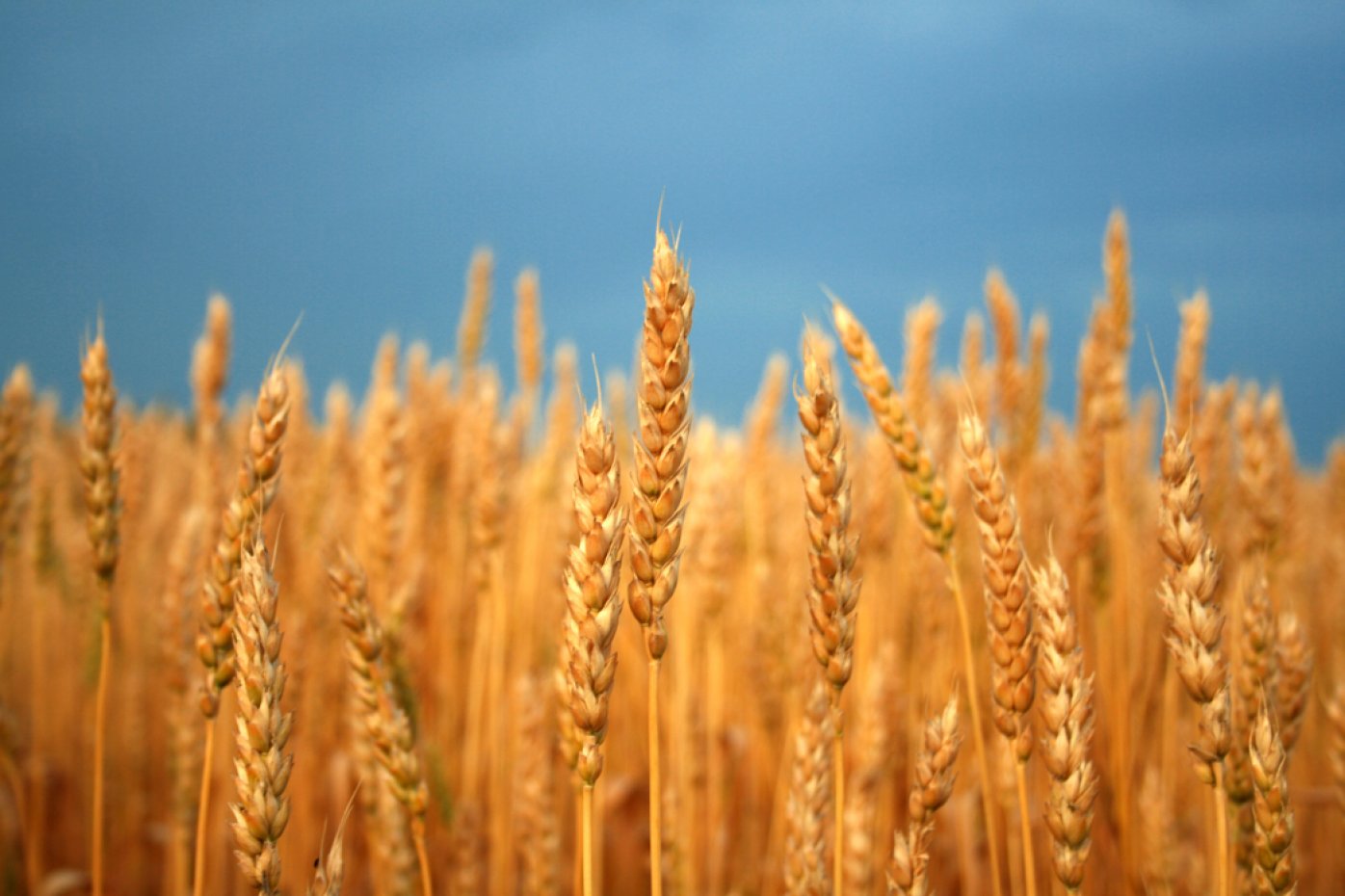Flour milling environmental footprint is mostly impacted by cereal production
The increasing concern of climate change globally has created a wave of environmental footprint programmes to assess the environmental performance of products and services. Carbon footprint, a subset of data from Life Cycle Assessment (LCA), is utilised to quantify the impact of Greenhouse gas (GHG) emissions (often given as CO2eq).
Governments and businesses are setting net zero targets and there is increasing interest in how targets will be met in practice. For flour millers, the growing of wheat is the point in the chain with the greatest environmental impact, and consequently the most potential for improvement.
Wheat growing represents over 60% of the flour environmental footprint
The growing of wheat is the step in the chain with the greatest environmental impact and consequently the most potential for improvement. From the "cradle-to-gate" assessment of one tonne of plain flour, wheat farming is found to contribute most to the environmental footprint of plain wheat flour with a percentage over 60%.
Wheat flour represents roughly 20% of the bread environmental footprint
The carbon footprint of one tonne of plain flour is calculated as a sum of the inventory data related to the acquisition of wheat production, transportation, flour mill processing and delivery to customer. However, milling is only the first-processing stage, with wheat being the raw material. Therefore, to consider the carbon footprint of bread, all stages up to the secondary processor (baking process) must be considered. From a "field-to-plate" assessment of bread, wheat production and the baking process are found to contribute most to the carbon footprint along the supply chain with a percentage of around 80%.
Environmental footprint calculation using the physical allocation method
Calculating the carbon footprint of products is a complicated process that requires a very detailed approach. It is important to use a consistent methodology to ensure an accurate, credible result that can be compared with other organisations or products.
For the flour milling sector, the most appropriate approach is to use a physical allocation approach in line with ISO 14044.

